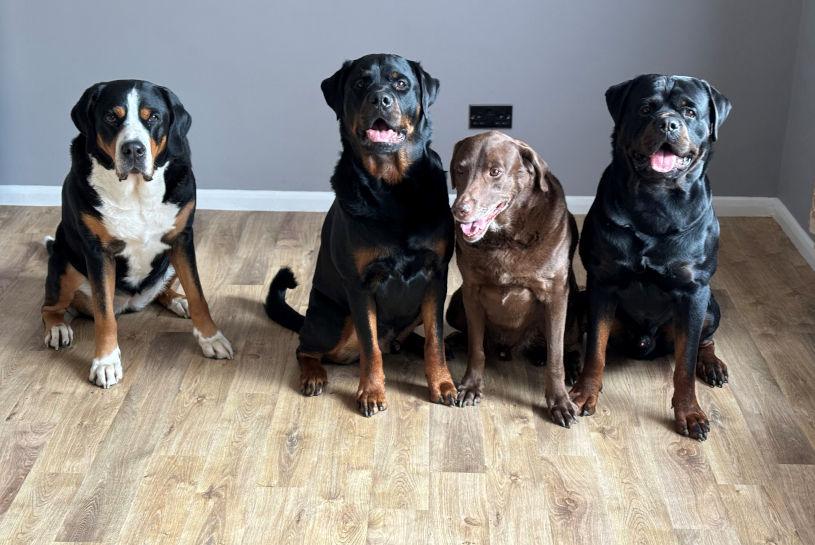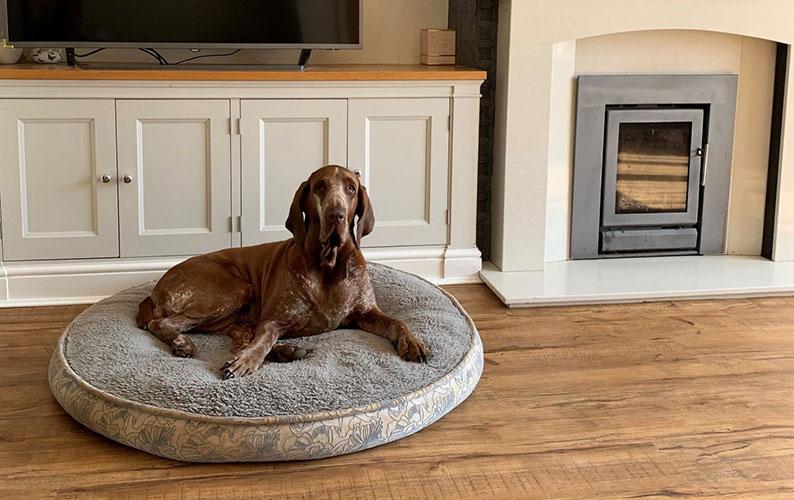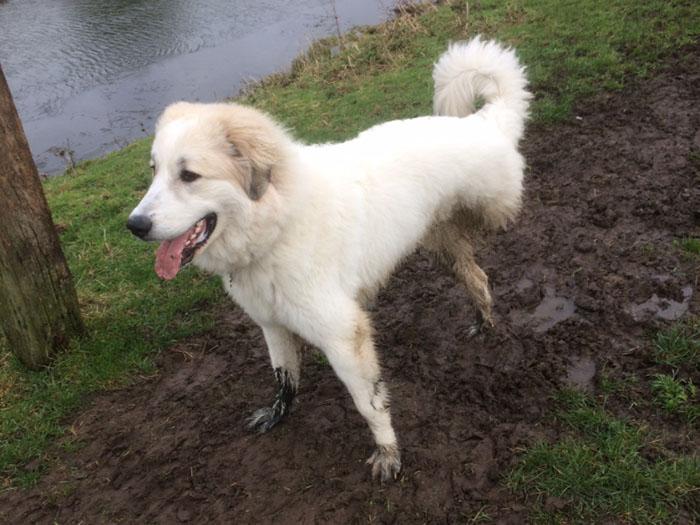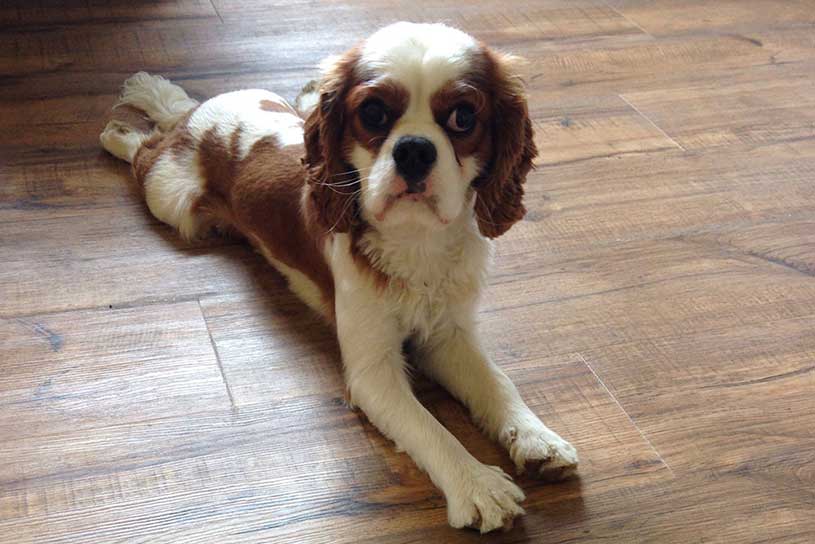Flooring that saves you money
The average cost of managing hip dysplasia in dogs over their lifetime can vary significantly based on the severity of the condition, the types of treatments pursued, and the dog’s individual response to treatment. Here are some cost estimates for different aspects of managing hip dysplasia in dogs in the UK:
Mild Hip Dysplasia (non-surgical management):
– Initial diagnosis: £250 to £500
– Medications and supplements: £40 to £90 per month (approximately £480 to £1,080 per year)
– Physiotherapy (occasional): £300 to £600 per year
Total over 10 years: £6,050 to £12,700
Moderate Hip Dysplasia (non-surgical management with regular therapy)
– Initial diagnosis: £250 to £500
– Medications and supplements: £60 to £120 per month (approximately £720 to £1,440 per year)
– Physiotherapy and hydrotherapy: £600 to £1,200 per year
Total over 10 years: £9,050 to £18,900
Severe Hip Dysplasia (surgical intervention):
– Initial diagnosis: £250 to £500
– Surgery (e.g., Total Hip Replacement): £4,000 to £7,000 per hip
– Post-surgical care and physiotherapy: £500 to £1,200 per year
Total over 10 years (assuming one hip surgery): £14,750 to £29,500
Summary:
– Mild Hip Dysplasia: £6,050 to £12,700
– Moderate Hip Dysplasia: £9,050 to £18,900
– Severe Hip Dysplasia (one hip surgery): £14,750 to £29,500
These figures are approximate and can vary based on individual circumstances, the specific treatments chosen, and geographic location within the UK. It’s always advisable to consult with a veterinarian for a tailored treatment plan and cost estimate for a specific dog. Additionally, pet insurance can help offset some of these costs, so it’s worth considering this option as well.
Hip dysplasia in dogs is primarily a genetic condition, influenced by a variety of factors including genetics, nutrition, growth rate, and environmental factors. The exact percentage of hip dysplasia cases caused specifically by slippery floors is not well-documented in scientific literature. However, it is widely acknowledged that environmental factors, including flooring, can exacerbate the condition and potentially contribute to its development in genetically predisposed dogs.
There is a lot of expert consensus these days that slippery floors can exacerbate hip dysplasia in dogs. It can be difficult for them to maintain stable footing, which can lead to increased joint stress and potential injuries. For example Flicker: https://pawflicker.com/hip-dysplasia-in-dogs-causes-symptoms-and-solutions/ Additionally, “Dogster” advises that managing a dog’s environment to reduce slipping can help mitigate some of the physical challenges associated with hip dysplasia
15 Ways to Keep Dogs from Slipping & Sliding On Floors: Expert Tips Dogster https://www.dogster.com/lifestyle/how-to-keep-dogs-from-slipping-sliding-on-floors).
Experts and veterinarians often suggest using non-slip solutions like traction socks, mats, and rugs to provide safer walking surfaces for dogs prone to hip dysplasia. This kind of proactive management can help reduce the risk of joint injuries and provide better support for dogs already suffering from the condition.
The average cost of managing hip dysplasia in dogs over their lifetime can vary significantly based on the severity of the condition, the types of treatments pursued, and the dog’s individual response to treatment. Here are some cost estimates for different aspects of managing hip dysplasia in dogs in the UK:
The above management techniques will help your dog, but are not always practical or be-fitting of an attractive interior.
At Floors for paws; We aim to give you and your dog flooring that is as beautiful as it is safe and actually be a flooring that saves you money!
At Floors for Paws, our PawSafe flooring ranges have been developed in partnership with Canine Arthritis Management (CAM) to be kind to dogs. Our Pawsafe Domestic range and our Luxury Vinyl range are supplied in a choice of plank or tile options in a range of attractive wood- and stone-effect finishes to satisfy the most house proud amongst us. The multi-layered construction has a textured surface layer plus a soft, comfort layer for kinder cushioning to joints.
If you want a flooring that saves you money, simply call us today on 01522 300218 to find out more, or drop us an email to info@floorsforpaws.com






